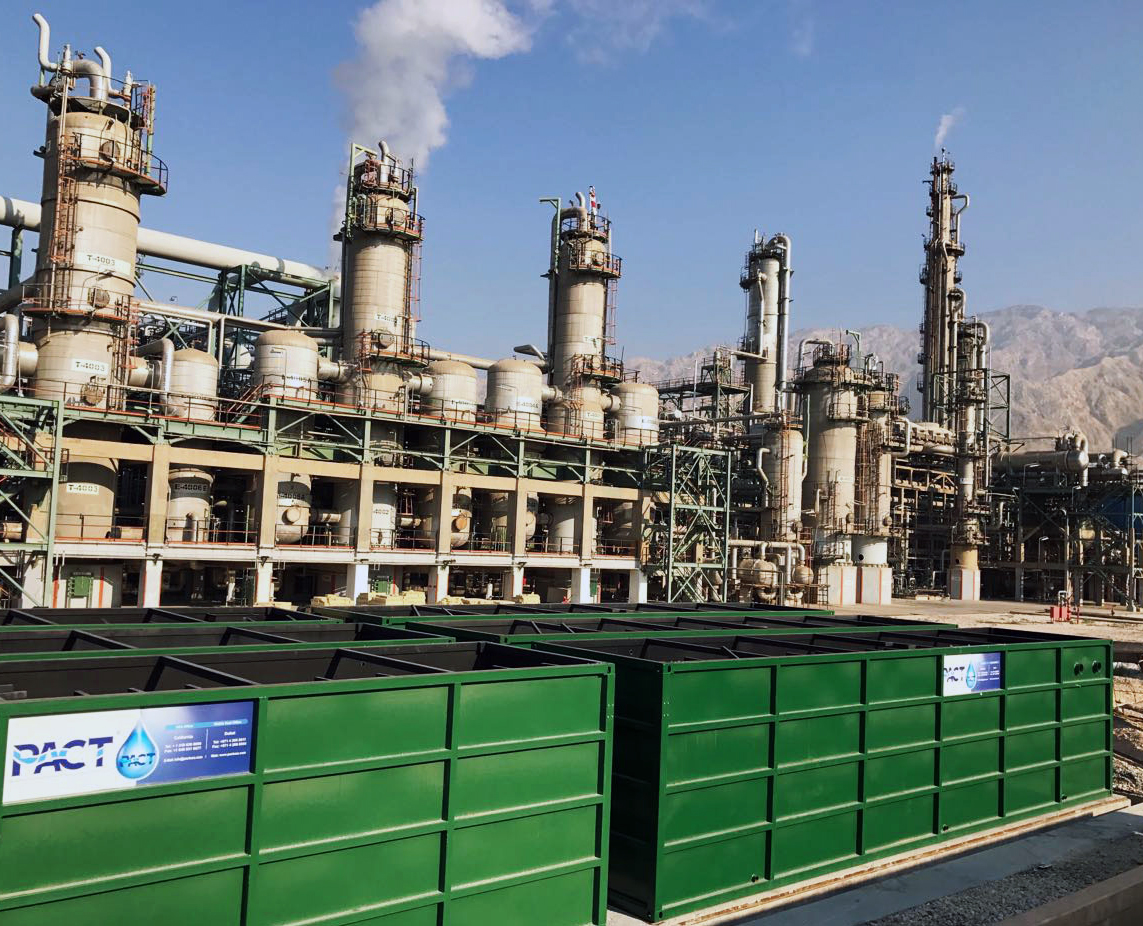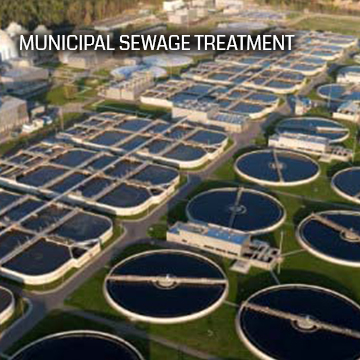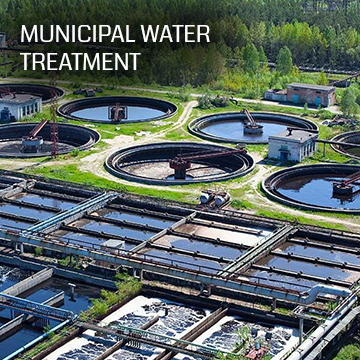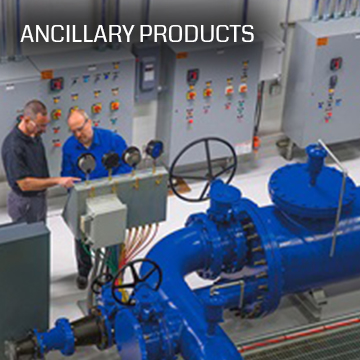
INDUSTRIAL WASTE WATER TREATMENT
PACT chemical and biological processes treat waste water from most industries. Historically PACT has treated waste waters from such industries as Pharmaceutical, Toiletries, Semiconductor, Chemical, petrochemical, metal, auto, auto parts and food and beverage.
PACT Chemical Waste Reactor (CWR)
PACT CWR treats wastewaters containing a wide variety of contaminants, ranging from toxic organics like phenol, benzene, other aromatics, formaldehyde, and amines, to inorganics such as sulfite, sulfide, mercaptans, and cyanide, to heavy metals such as hexavalent chrome. The PACT CWR changes the chemistry of the waste water to render it safe for disposal or recovery for re-use. Chemistry used to neutralize or precipitate pollutants and in the case of high COD waste waters destruction through such processes as that of the Fenton.
PACT Membrane Bio-Reactor (MBR)
The PACT MBR, a biological treatment process enhanced using submerged ultra or microfiltration membranes. The process eliminates sedimentation tanks and allows high volumetric loading resulting in a much smaller footprint. The PACT MBR has a higher efficiency in removing BOD with complete nitrification and partial de-nitrification achieving virtually complete TSS removal.
Anaerobic Biological Reactor (ABR)
The PACT ABR is used for high BOD waste water as pre-treatment to one of the above aerobic processes. The PACT APR has two unique advantages over the aerobic biological treatment systems above: no energy is necessary for aeration and the organic pollutants are mainly converted into biogas, which can be used as a fuel. The PACT ABR is successfully used for treatment of wastewaters from sugar factories, potato-processing industry and breweries, among others.









